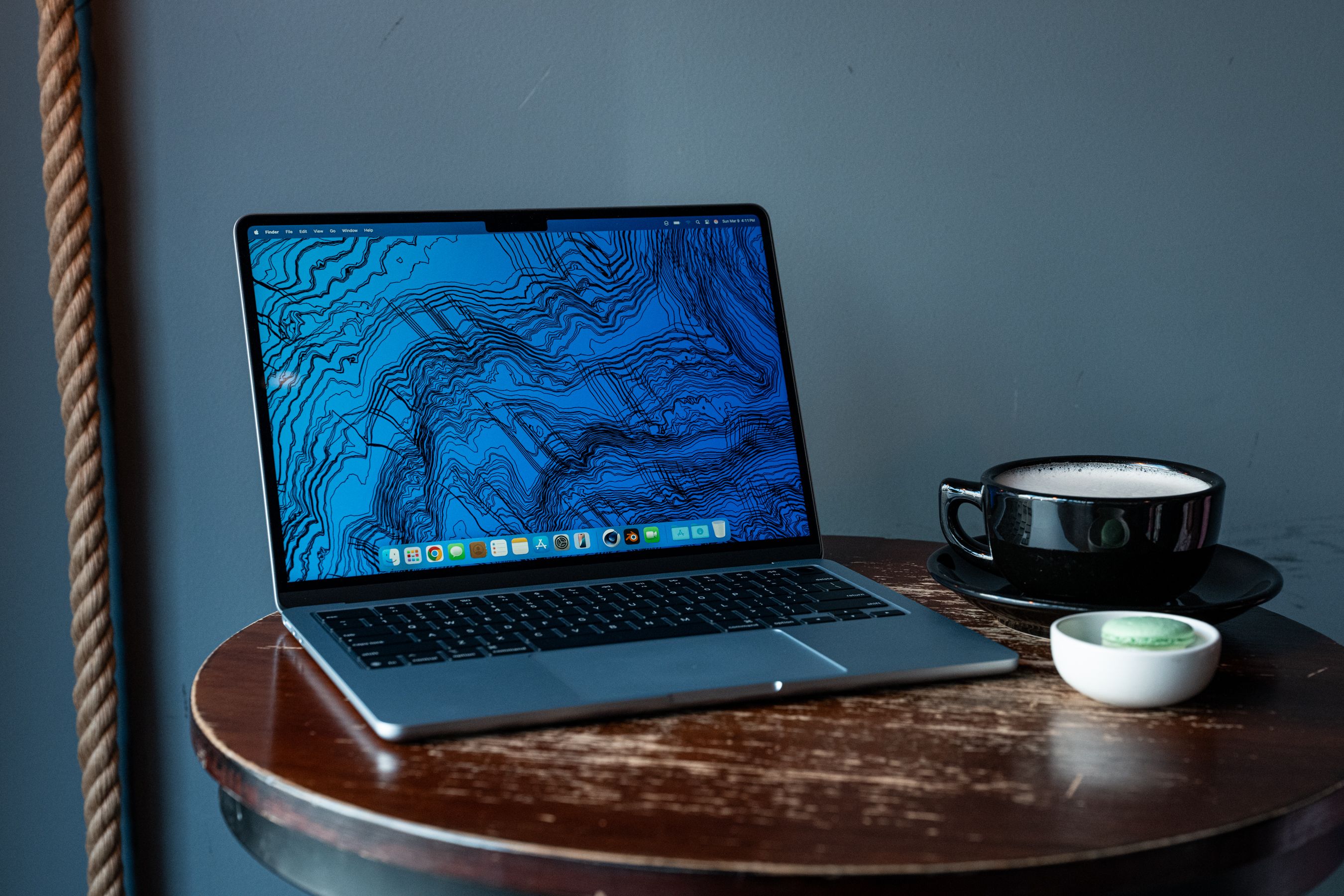Apple is shaking up its laptop lineup with a budget MacBook powered by iPhone chips, targeting the sub-$1,000 market by mid-2026. The move represents Apple's boldest push into affordable computing since the original iPad, directly challenging Chromebooks and budget Windows laptops in education and enterprise markets.
Apple just dropped a bombshell that could reshape the budget laptop market. The company is developing a sub-$1,000 MacBook powered by iPhone chips, marking the most aggressive pricing strategy in the Mac lineup's history. According to Bloomberg's Mark Gurman, this isn't just a rumor - Apple plans to launch the device in the first half of 2026.
The timing couldn't be more strategic. While premium MacBooks continue commanding $1,200-plus price tags, Apple's been watching Chromebooks dominate education markets and budget Windows laptops capture price-conscious consumers. This new MacBook changes that calculus entirely, with pricing that "falls in a similar range" to the $600 cost of an entry-level iPad plus Magic Keyboard Folio.
Here's where it gets interesting - Apple's internal testing reveals that modern iPhone chips actually outperform the Mac-optimized M1 processors that powered laptops just a few years ago. That's a stunning development that validates Apple's chip design prowess across product lines. The A-series processors have evolved so rapidly that they're now viable for full laptop computing, not just mobile tasks.
The device specifications paint a picture of thoughtful compromises. Expect a screen "slightly below" the current 13.6-inch MacBook Air, paired with a lower-end LCD display instead of Apple's premium Liquid Retina screens. The "entirely new design" suggests Apple isn't simply shrinking existing models - this is purpose-built for different use cases.
Supply chain analyst Ming-Chi Kuo corroborated these reports earlier this year, specifically pointing to the A18 Pro chip from the iPhone 16 Pro lineup as the likely processor. Kuo also mentioned color options including silver, blue, pink, and yellow - a consumer-friendly palette that mirrors successful iPad and iMac launches.
The target audience tells the real story. Apple explicitly mentioned "casual users, students, and businesses" - exactly the segments where Chromebooks have thrived. Education procurement typically focuses on sub-$500 devices, making Apple's sub-$1,000 pricing a compromise that brings Mac software capabilities to previously unreachable markets.
This budget MacBook doesn't exist in isolation. Bloomberg reports that Apple has "finished work" on M5-powered MacBook Air models for early 2025 release, with M5 Pro and M5 Max MacBook Pros following. The company is essentially creating a three-tier laptop strategy: budget A-series, mainstream M5, and pro M5 Pro/Max configurations.












